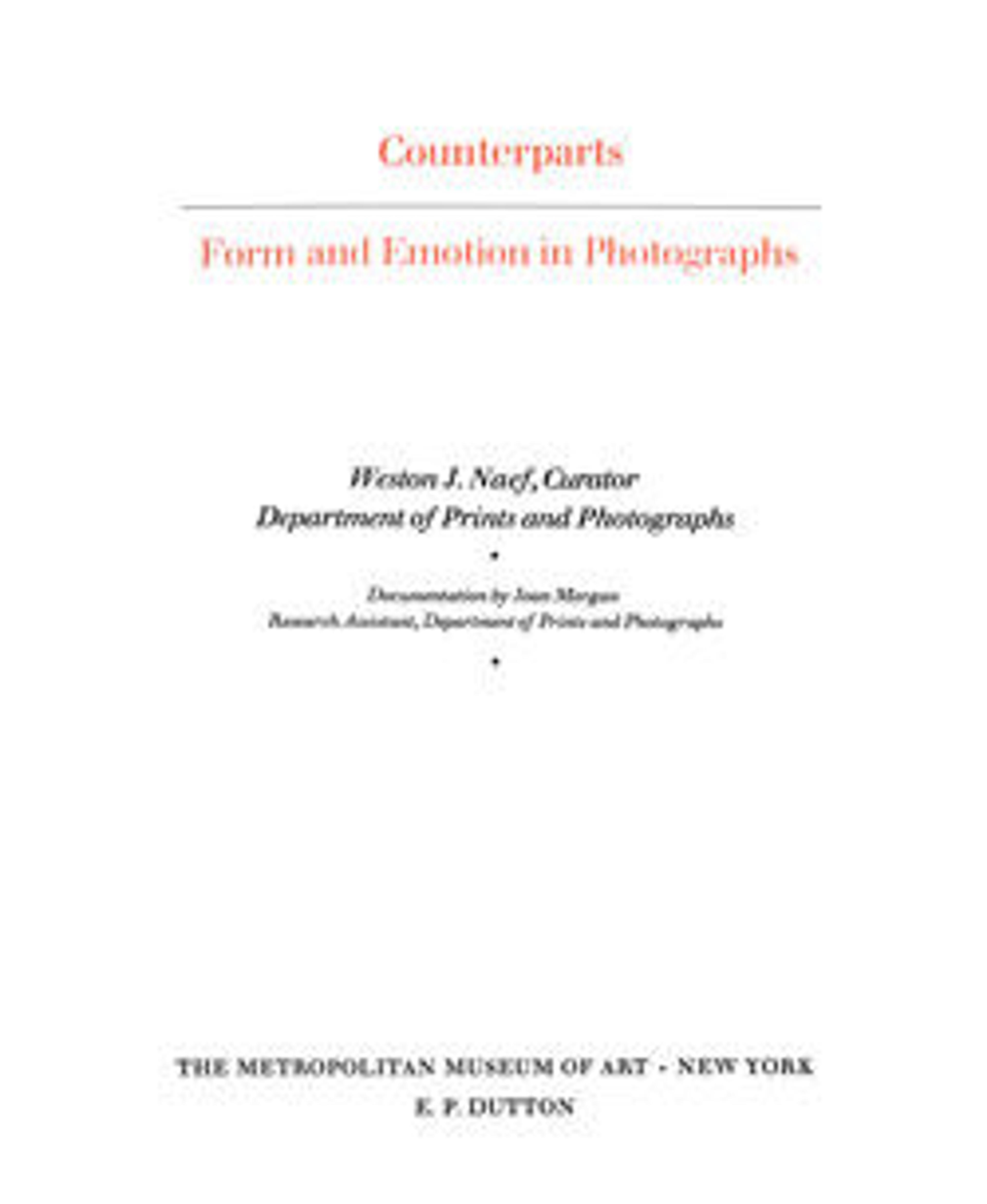Nubie. Ibsamboul. Colosse médial (enfoui) du Spéos de Phrè
Maxime Du Camp's mission to Egypt and the Near East in 1849-51 to make a photographic survey of monuments and sites is well documented in his writings and in those of his fellow traveler, Gustave Flaubert. After an initial stay in Cairo, the two friends hired a boat to take them up the Nile as far as the second cataract, after which they descended the river at leisure, exploring the archaeological sites along its banks. A journalist with no experience in photography, Du Camp learned the craft from Gustave Le Gray shortly before his departure for Egypt. By the time he came to Abu Simbel in March 1850 to explore the rock-cut temples built by Ramesses II (r. 1279-1213 B.C.), Du Camp was thoroughly at ease with the medium. Always in search of a neat, documentary clarity, he preferred a frontal view and midday light for this picture of one of the colossal effigies of Ramesses II. Du Camp's album Égypte, Nubie, Palestine et Syrie, in which this image appeared as plate 106, was published in 1852 and contained 125 photographs. It brought its author instant fame.
Artwork Details
- Title:Nubie. Ibsamboul. Colosse médial (enfoui) du Spéos de Phrè
- Artist:Maxime Du Camp (French, 1822–1894)
- Printer:Imprimerie photographique de Blanquart-Évrard, à Lille (French, active 1851–55)
- Date:1850
- Medium:Salted paper print (Blanquart-Évrard process) from paper negative
- Dimensions:Image: 20.9 x 16.3 cm (8 1/4 x 6 7/16 in.)
Mount: 41.8 x 31 cm (16 7/16 x 12 3/16 in.) - Classification:Photographs
- Credit Line:Robert O. Dougan Collection, Gift of Warner Communications Inc., 1981
- Object Number:1981.1229.2
- Curatorial Department: Photographs
More Artwork
Research Resources
The Met provides unparalleled resources for research and welcomes an international community of students and scholars. The Met's Open Access API is where creators and researchers can connect to the The Met collection. Open Access data and public domain images are available for unrestricted commercial and noncommercial use without permission or fee.
To request images under copyright and other restrictions, please use this Image Request form.
Feedback
We continue to research and examine historical and cultural context for objects in The Met collection. If you have comments or questions about this object record, please contact us using the form below. The Museum looks forward to receiving your comments.
